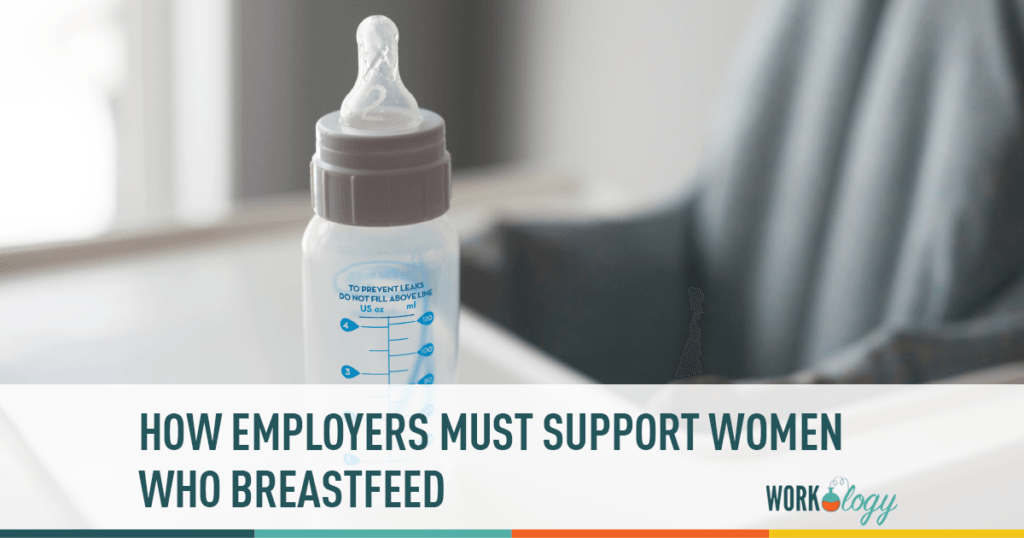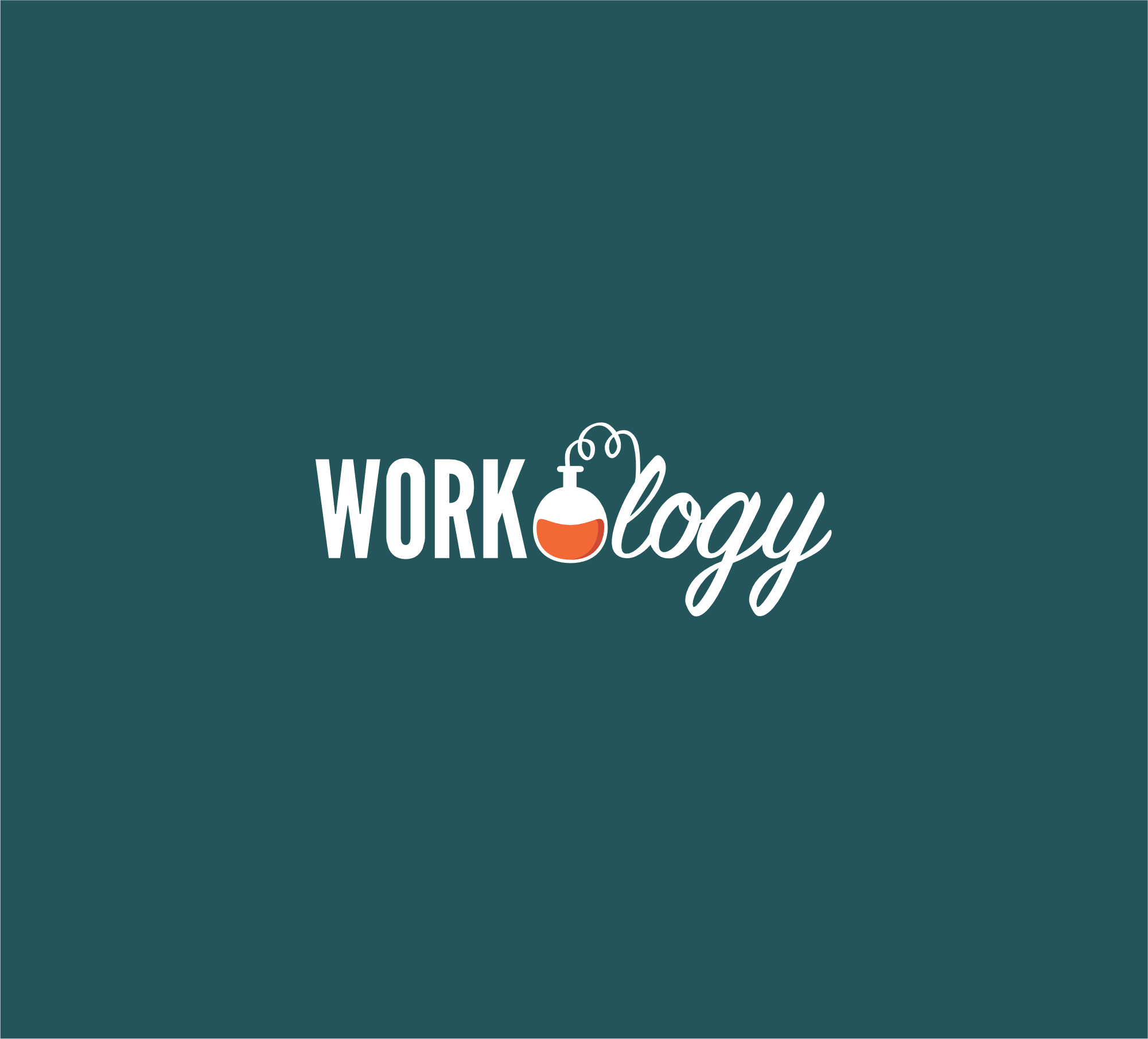Women with children are the fastest-growing segment of the workforce. Balancing work and family is an important priority for them. Today, over 75 percent of women in the United States begin breastfeeding. When they return to work after their babies are born, time and space to express their milk during the work period help them continue to give their best to their work and do what’s healthy for their baby.
Breastfeeding in the workplace can be a touchy subject, and I’d like to offer some basics for employers and employees inspired by a post from a local mom’s Facebook group I’m a member of.
Employer Obligations for Breastfeeding in the Workplace
The mother who asked for advice has been breastfeeding and pumping in the boss’s office. She works in a manufacturing environment so clean, private, and secure offices are in short supply she says. Her employer recently began asking her to pump in the bathroom. She pushed back on her employer, and so a rather long discussion happened inside this active Facebook group with over 70,000 members. Members wondered if it was illegal for the employer to ask her to pump in the bathroom? Who should she call to talk to at her office and if she should get an attorney?
The short answer to her question, is it legal to ask her to do that? My answer is “it depends” because employment law and requirements are so much more complicated than just a no or a yes.
First, I’d like to provide some basics on the amendment to the Fair Labor Standards Act that was included in the Patient Protection and Affordable Care Act of 2010 (PPACA). Some of you, especially in smaller companies, may not know that a provision was put into the FLSA that requires you to provide break time and space for nursing mothers to be able to express breast milk as needed.
What’s Considered Reasonable Break Time While Breastfeeding?
- First, employers must provide a “reasonable break time” for an employee to express breast milk for her nursing child. The requirement applies for one year after the child’s birth. There is no limit on the number of the breaks to be provided, and it does not contain any guidance the duration of such breaks.
- In addition to providing reasonable breaks, the employer must also provide a place where the employee can express breast milk. The place must be somewhere other than a bathroom and must be “shielded from view and free from intrusion from coworkers and the public.”
- Note that the law exempts any employer with fewer than 50 employees if providing a break (or a place to express breast milk) would impose an “undue hardship” on the employer. Under the PPACA, “undue hardship” is defined as “causing the employer significant difficulty or expense” when considered in relation to relevant factors. There was no clear definition of relevant factors.
Additionally, the Affordable Care Act of 2010 requires new private health insurance plans, including those available in the new health insurance marketplaces, to provide coverage for specified women’s preventive health services with no cost sharing (e.g., copayment, coinsurance, or deductible). Breastfeeding support, supplies, and lactation counseling is one of these specified preventive services.
The Department of has provided some guidance on this with a fact sheet and some additional guidance on state laws. These laws protect breastfeeding mothers with children under one year of age.
What Can You Do If You Experience Push Back Breastfeeding & Pumping at Work?
My advice to the employees? Email your boss to get an electronic copy of the conversation (always document workplace legal issues!). Attach a copy of the FLSA requirements, copy HR and your boss on your email response and maybe your boss’s boss too depending on how many times you have chatted with your boss.
Under the FMLA, companies are required to offer a mother’s room that has a comfortable chair, lock and place to pump. Employees can use their breaks and can be asked to take unpaid time to pump. This might extend your workday, but in my opinion, it’s important to be able to have privacy and an opportunity to do what’s best for you and your baby.
Companies should consider doing more than the law requires if they want to attract candidates who have expectations of having a family (and 75 percent of women do). This impacts workplace diversity, your employer brand, and frankly, it’s the right thing to do. It’s not expensive to set aside a small break room with a locking door for nursing mothers, nor do you have to have one if you currently have no nursing mothers on staff. WomensHealth.gov has a video on simple space solutions and how to create a mother’s room here.
This family-friendly benefit also brings your business a 3:1 return on investment (ROI) through lower health care costs, lower employee absenteeism rates (since babies are healthier), lower turnover rates, and higher employee productivity and loyalty. Taking care of breastfeeding moms shouldn’t be done just because it’s the law. It should be done because your company cares about employees, their families and helping women be successful in the workplace.








One Comment
It’s good for a woman to give baby brease for good 2 years
Comments are closed.